Warhammer is a tabletop battle game. Players build and paint little models of aliens, tanks and killer robots and then set their armies against one another on a miniature battlefield. It’s a hobby that lights up the obsessive bits of the male brain: collecting, DIY, military uniforms, hierarchy and complex calculation – all in the name of domination. There are Warhammer clubs across the country as well as 138 dedicated Games Workshops where players can battle one another. Enthusiasts have long been stigmatised as hygienically challenged young men with limited knowledge of the opposite sex; that’s certainly how I remember my early teens when I was – briefly – into Warhammer. According to Rick Priestley, its inventor, his game is seen as ‘something done in secret by young men’.
But perhaps its adherents are more varied than I’d suspected. It turns out the Foreign Secretary, James Cleverly, is a fan. His private YouTube channel is dedicated to following expert miniatures painters. In 2012, he tweeted out a video on how to paint Astorath the Grim, high chaplain of the Blood Angels Space Marine Chapter. Cleverly declined to comment when approached about his hobby.
Tabletop war games were first thought up in Prussia in the early 19th century as an alternative to chess for armchair generals. Different units were given numerical values to determine their attacking strengths and defensive weaknesses while dice were used to determined probability of success during play. In the 1820s, the Prussian general staff was presented with Kriegsspiel, designed using the latest information from the front line. By royal decree, copies of the game were bought for every regiment and officers were ordered to play it regularly.
Prussian success during the Napoleonic wars has been attributed to their tradition of wargaming. A 2019 US Naval College study found that ‘Prussian forces were more often than not outnumbered, weapon advantages were mixed, and training methods were similar’ but ‘wargaming appears to have provided a significant advantage’.
H.G. Wells became obsessed with war games when his friend Jerome K. Jerome began firing a miniature canon at tin soldiers after what must have been a particularly raucous dinner. Wells developed his own larger version of Kriegsspiel in his book Little Wars: a game for boys from twelve years of age to one hundred and fifty and for that more intelligent sort of girl who likes boys’ games and books (to give it its full title), detailing rules on logistics and the transportation of troops. His adherents included the actor Peter Cushing, who had an army of around 5,000 figurines and would spend up to nine hours running Wells’s battle games.
In the late 1970s, a small group of wargame obsessives in Nottingham managed to get the UK import rights for Dungeons and Dragons, a fantasy tabletop game. When the licence ran out, they needed an alternative source of income. Their miniatures company Games Workshop launched Warhammer in 1983, growing from a mail order operation run out of a spare bedroom to a FTSE 250 company. Nottingham has now become a place of pilgrimage for nerds across the globe. Americans who want to visit the many toy foundries in the town, as well as Warhammer World, can spend $5,699 on a specially devised two-week tour. Perhaps they’ll find the Foreign Secretary there, too.
Got something to add? Join the discussion and comment below.
Get 10 issues for just $10
Subscribe to The Spectator Australia today for the next 10 magazine issues, plus full online access, for just $10.
You might disagree with half of it, but you’ll enjoy reading all of it. Try your first month for free, then just $2 a week for the remainder of your first year.

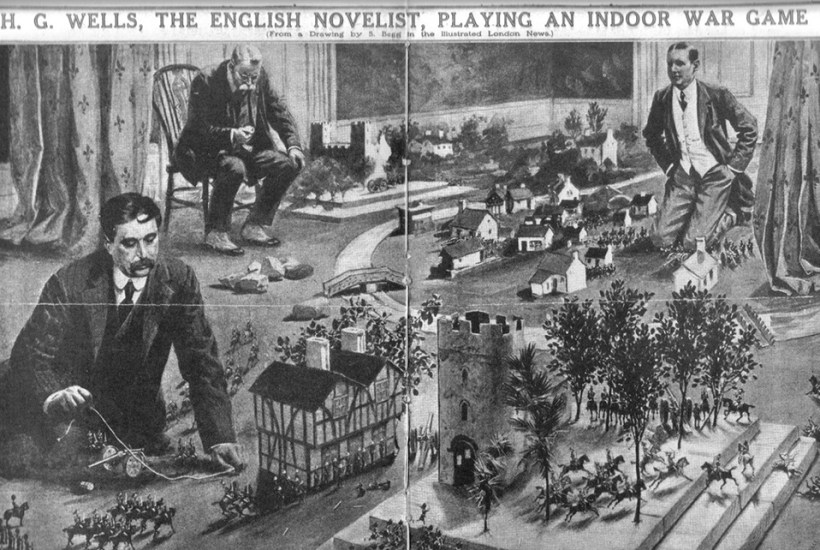
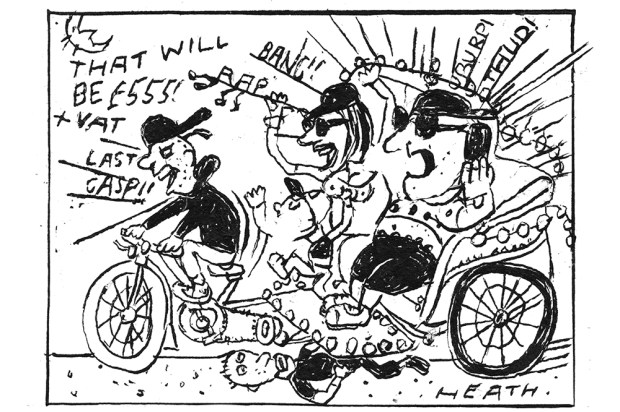
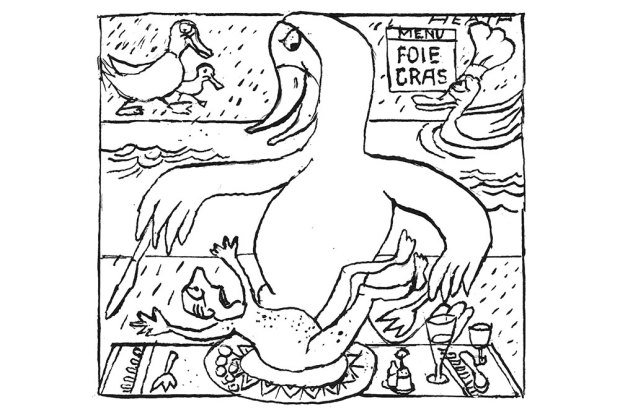
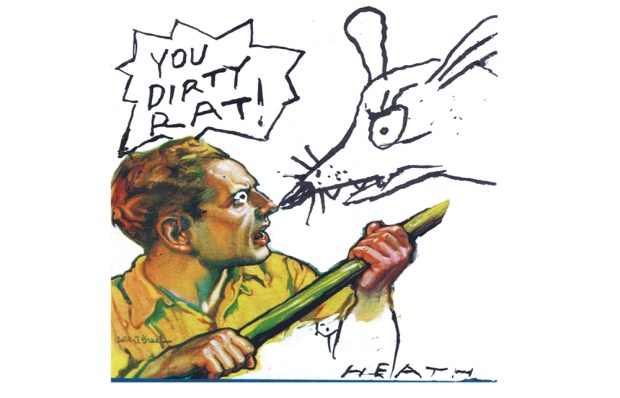

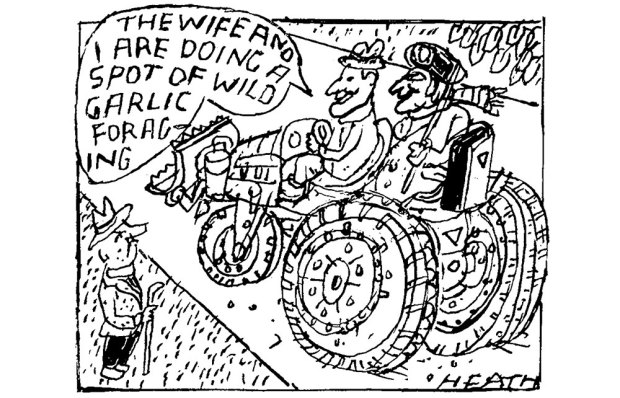







Comments
Don't miss out
Join the conversation with other Spectator Australia readers. Subscribe to leave a comment.
SUBSCRIBEAlready a subscriber? Log in